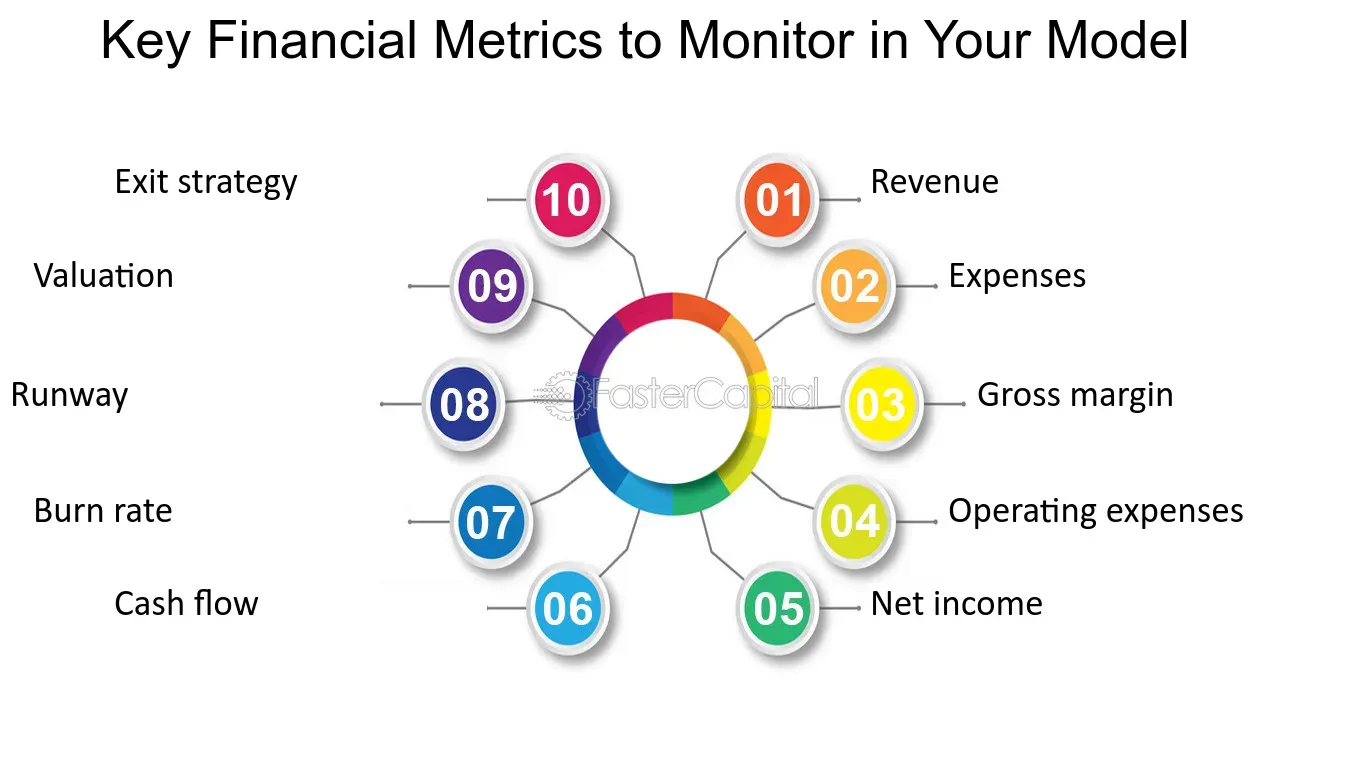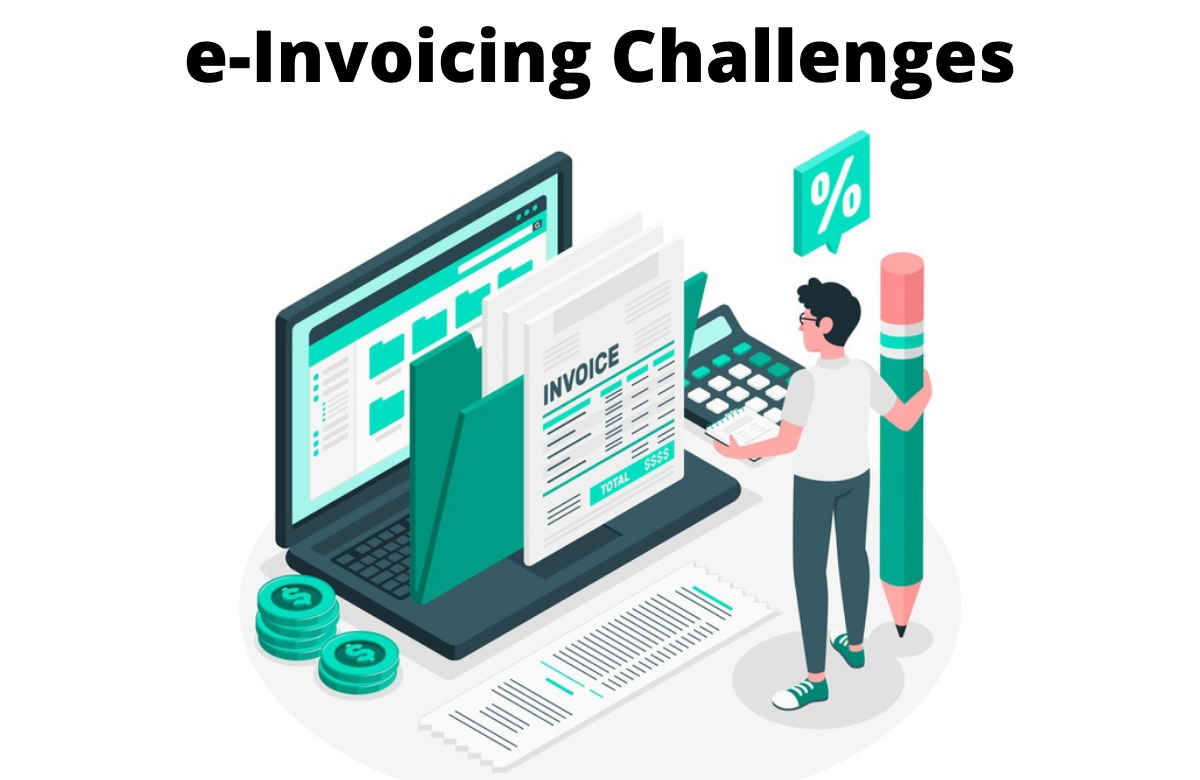How to Identify and Track the Most Important Financial Metrics for Your Business

Financial metrics play a crucial role in measuring the performance, health, and growth of any business. These metrics provide valuable insights into various aspects of a company's financial situation, enabling informed decision-making and strategic planning. In order to effectively manage your business's finances, it is essential to identify and track key financial metrics or Key Performance Indicators (KPIs). This essay will explore what financial metrics are, and why they matter, provide examples of important financial metrics, and discuss how to track them.
What Are Financial Metrics?
Financial metrics refer to specific quantitative measures used to assess different aspects of a company's financial performance. They offer insight into areas such as revenue generation, profitability, liquidity, efficiency, and solvency. By analyzing these key indicators regularly over time or comparing them with industry benchmarks or historical data, businesses can evaluate their success relative to predefined goals or targets.
Why Do Financial Metrics Matter?
Tracking financial metrics is vital for several reasons:
1) Performance Evaluation: Financial metrics enable companies to gauge their overall performance accurately. By tracking relevant KPIs consistently over periods - monthly or quarterly - management can understand if their strategies and operational decisions have resulted in improved outcomes.
2) Decision Making: Sound decision-making relies on accurate information about a business's current state and future prospects. Keeping tabs on relevant financial KPIs equips managers with reliable data for making informed choices regarding investments, cost control initiatives, pricing strategies, etc.
3) Goal Setting: Establishing specific objectives is fundamental in driving growth and progress within a company. By identifying the right set of financial KPIs aligned with its mission statement or long-term plans – such as achieving certain revenue targets – companies can measure progress towards those goals effectively.
4) Investor Confidence: For publicly traded companies seeking capital from investors or lenders alike maintaining credibility through transparent reporting and strong financial metrics is crucial. Investors, shareholders, or potential partners rely on these indicators to assess a company's financial health and prospects.
Key Financial Metrics

While the choice of financial metrics may vary depending on industry, business size, and objectives, certain key indicators hold universal relevance. Here are some important financial metrics commonly used in different organizations:
1. Revenue: Total income generated from sales before deducting expenses.
2. Gross Profit Margin: The percentage of revenue remaining after subtracting the cost of goods sold (COGS).
3. Net Profit Margin: The percentage of revenue remaining after accounting for all expenses, including taxes and interest.
4. Return on Investment (ROI): Measures the profitability of investments by comparing net profit with the total amount invested.
5. Current Ratio: Assesses a company's liquidity by comparing its current assets to current liabilities - higher ratios indicate better short-term solvency.
6. Debt-to-Equity Ratio: Determines the proportion of debt financing versus equity financing – indicates how reliant a company is on borrowed funds compared to shareholder investment.
7. Cash Conversion Cycle (CCC): Evaluates how efficiently a company manages its working capital by measuring the time taken to convert inventory into cash flow through sales.
8. Inventory Turnover Ratio: Measures how quickly a company sells its inventory during a specific period - higher ratios suggest efficient inventory management practices.
9. Accounts Receivable Turnover: Evaluates a company's efficiency in collecting payments from customers within a given timeframe – higher ratios indicate faster collection cycles and healthier cash flow management.
10. Employee Productivity Ratio: Examines labor efficiency by dividing revenue per employee or profit per employee figures – helps assess workforce productivity levels over time or across departments.
Tracking Financial Metrics
Tracking financial metrics involves gathering relevant data regularly, analyzing it against targets or benchmarks set beforehand, and communicating results effectively. Here is a step-by-step approach to tracking financial metrics:
1) Identify Key Metrics: Determine which financial metrics align with your business goals and objectives.
2) Set Targets or Benchmarks: Establish realistic targets or benchmarks for each metric, based on historical data, industry standards, or specific growth plans.
3) Gather Accurate Data: Collect accurate and up-to-date financial data from both internal sources (e.g., accounting software) and external sources (e.g., market research reports).
4) Analyze the Data: Regularly analyze the collected data using appropriate tools such as spreadsheets, dashboards, or financial analysis software.
5) Monitor Progress: Track the performance of each metric over time, comparing actual results against established targets/benchmarks.
6) Take Action Based on Insights: Act upon insights gained from analyzing financial metrics by implementing strategic changes if necessary - adjusting pricing structures, reallocating resources, etc.
7) Communicate Results: Share relevant findings with key stakeholders – employees, and investors - through clear and concise reports or presentations to foster transparency and facilitate decision-making processes.
8) By diligently following these steps while focusing on key financial metrics aligned with your business's unique needs, your organization can gain a more comprehensive understanding of its overall financial health and make informed decisions for future success.
Note: The selection of specific financial metrics should be tailored to individual businesses' requirements; it is recommended to consult with finance professionals when determining which KPIs best suit your company.
Related Posts...




